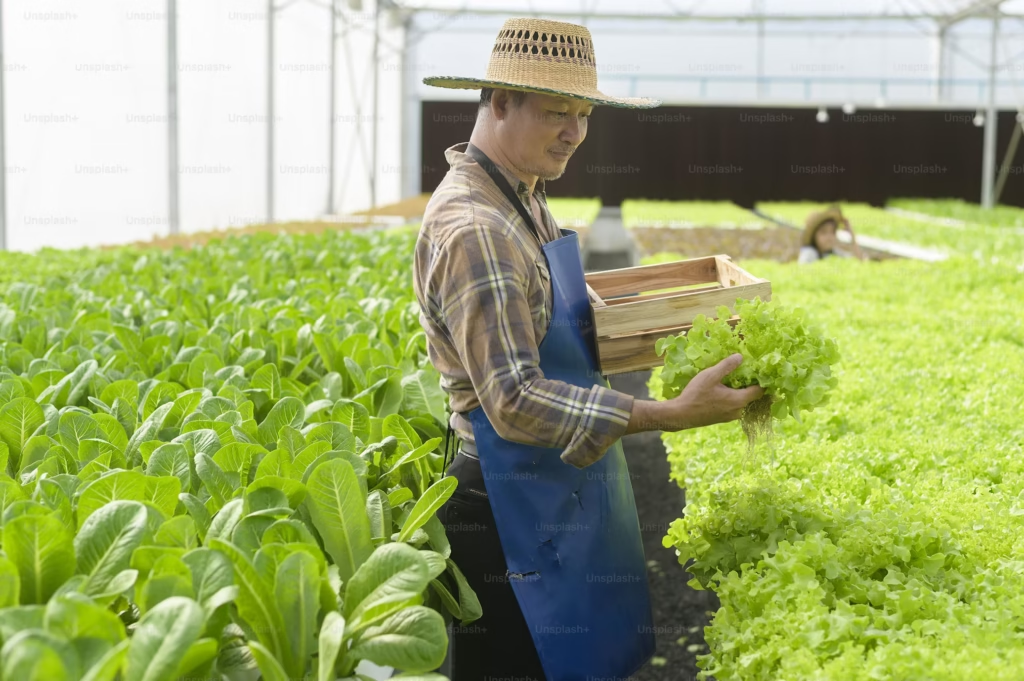
How to Market Your Farm Products Locally and Online
Marketing your farm products effectively is key to growing your business and reaching new customers. By combining local outreach with online strategies, you can expand your market and build a loyal customer base. Here’s a step-by-step guide to help you market your farm products locally and online.
1. Build a Strong Farm Brand
Your brand is the first impression customers have of your farm.
- Logo and Name: Create a memorable logo and a farm name that reflects your values.
- Storytelling: Share your farm’s story, mission, and unique selling points.
- Consistency: Use consistent branding on all your packaging, signage, and digital materials.
Tip: Highlight what makes your products unique, such as organic certification or sustainable practices.
2. Sell at Local Farmers’ Markets
Farmers’ markets are excellent venues for direct sales and community engagement.
- Attractive Display: Use signage, tablecloths, and baskets to create an appealing booth.
- Free Samples: Let customers taste your products to encourage purchases.
- Personal Connection: Engage with customers, answer questions, and share recipes or tips.
Tip: Offer loyalty discounts or bundle deals to encourage repeat customers.
3. Partner with Local Businesses
Collaborate with restaurants, cafes, and grocery stores to reach more local consumers.
- Restaurants: Supply fresh produce or specialty items for farm-to-table menus.
- Retail Stores: Stock your products in local stores, especially those that prioritize local goods.
- CSAs (Community-Supported Agriculture): Offer subscription boxes for regular delivery to customers.
Tip: Highlight these partnerships on your website and social media.
4. Host On-Farm Events
Bring customers to your farm to experience your products firsthand.
- Farm Tours: Showcase your farming practices and products.
- Workshops: Teach skills like cheese-making or gardening.
- Farm-to-Table Dinners: Host meals featuring your products.
Tip: Use these events to collect email addresses for future marketing efforts.
5. Create an Engaging Website
A website is essential for marketing your farm online.
- E-commerce: Sell your products directly through your website with a secure payment gateway.
- Product Descriptions: Include high-quality photos and detailed descriptions.
- Blog: Share updates, recipes, and farming tips to engage visitors.
- SEO: Optimize your website for search engines to attract more visitors.
Tip: Use platforms like Shopify or WordPress to set up an easy-to-manage website.
6. Leverage Social Media Platforms
Social media helps you reach a broad audience at no or low cost.
- Instagram: Post high-quality photos of your products, farm, and daily activities.
- Facebook: Create a business page and engage with local communities.
- TikTok: Share behind-the-scenes videos and farming tips to attract younger audiences.
Tip: Use hashtags like #LocalFarm, #OrganicFood, or #FreshProduce to boost visibility.
7. Use Email Marketing
Email campaigns are a powerful way to stay in touch with customers.
- Newsletter: Share farm updates, new products, and exclusive offers.
- Discounts and Promotions: Send special deals to your email subscribers.
- Event Invitations: Notify customers about upcoming markets or farm events.
Tip: Use platforms like Mailchimp to manage email campaigns easily.
8. Join Online Marketplaces
Expand your reach by listing your products on popular online platforms.
- Etsy: Ideal for artisanal or packaged goods like jams and baked items.
- LocalHarvest: Connects consumers with local farms and CSAs.
- Amazon Handmade: Great for selling unique, handcrafted farm products.
Tip: Take professional photos of your products to make them stand out online.
9. Offer Home Delivery or Pickup Options
Convenience is a major selling point for many customers.
- Online Orders: Allow customers to place orders via your website or social media.
- Delivery Service: Partner with local couriers or offer in-house delivery.
- Pickup Locations: Set up weekly pickup points in busy areas.
Tip: Promote these options prominently on your website and social media channels.
10. Build Community Relationships
Engage with your local community to strengthen your customer base.
- Schools and Nonprofits: Partner for educational programs or donation drives.
- Local Media: Feature your farm in local newspapers or radio shows.
- Sponsorships: Sponsor community events to raise awareness of your farm.
Tip: Create lasting relationships by giving back, such as donating surplus produce to food banks.
Conclusion
By blending traditional local outreach with modern online marketing strategies, you can maximize your farm’s visibility and sales. Focus on building strong relationships, both in-person and online, and continually adapt your methods to meet customer needs. With time and effort, you’ll grow a thriving market for your farm products.



